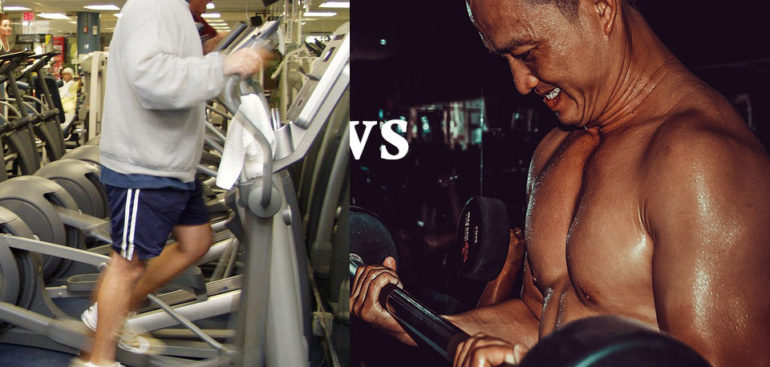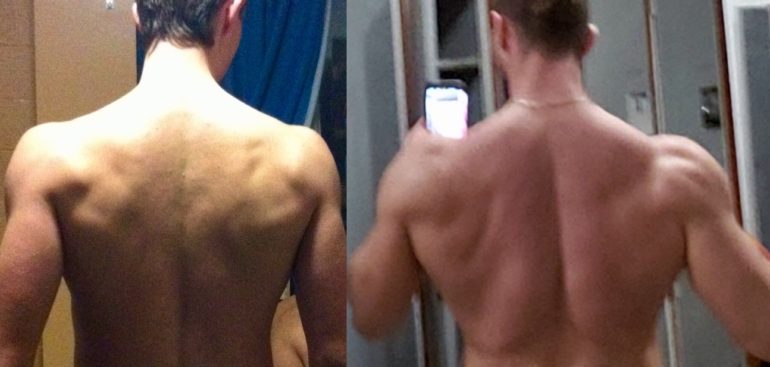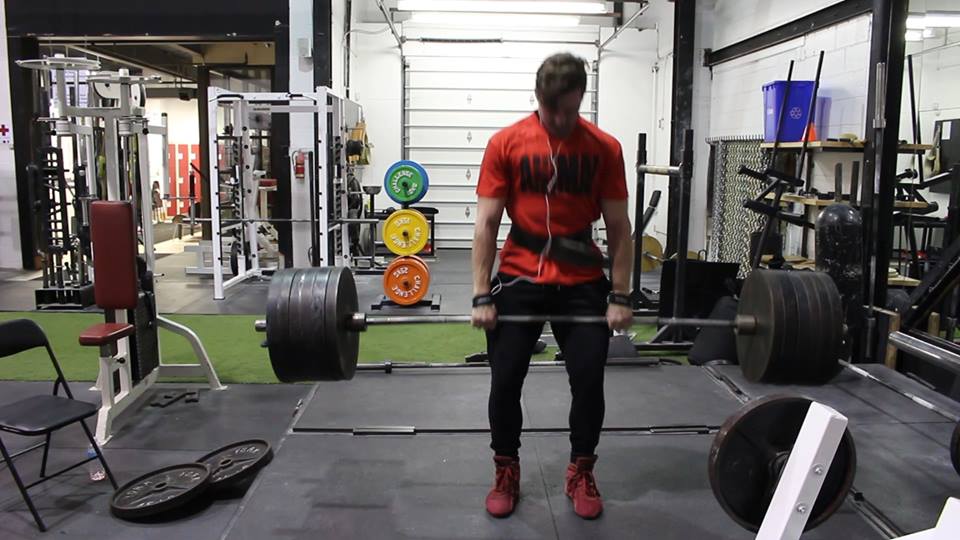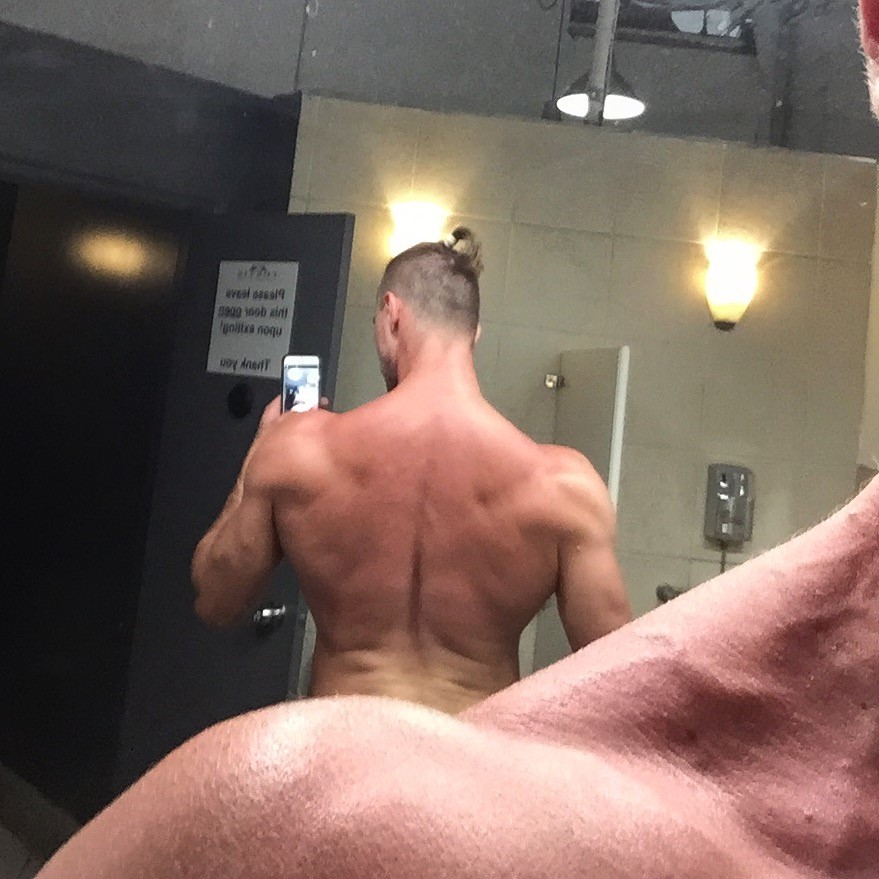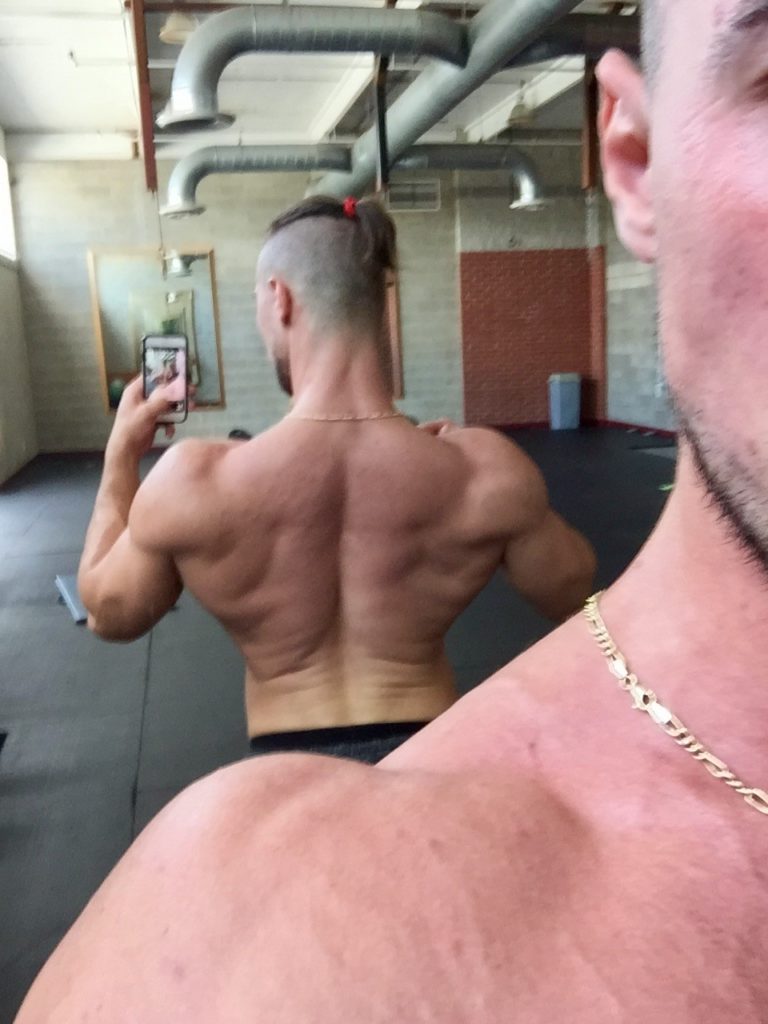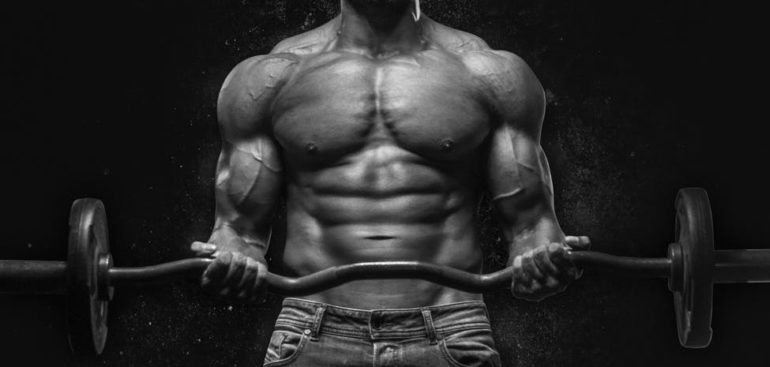Continuing on from my previous post regarding the biggest fat loss mistake the majority of beginners make, leads me to this next topic – cardio vs weights for weight loss, which one should I do for best results?
Cardio vs Weights
Generally, cardio is the more sought after form of exercise individuals tend to go after when they first begin their weight loss journey.
After-all, it is a common belief that if you want to lose some weight, go run.
Cardio has its role and place in a well-designed weight loss program, but it is far from being the end-all be all.
In fact, utilizing cardio incorrectly can lead to plateaus, muscle loss and an unfavorable body composition change.
There are three primary fat loss tools one can utilize to reach his/her goal – Resistance training(High Intensity, Metabolic), Nutrition, Cardio (HIIT, LISS).
Weights
Intelligent resistance training is the primary driver for fat loss and must be prioritized as such.
- Generally burns more calories per session through higher muscle fiber recruitment
- Prevents muscle loss or even builds muscle tissue as you lose body fat – This results in ‘toned’, lean and defined muscles
- Increases metabolic rate long after the training session is finished
- Improves nutrient partitioning (body makes better use of the foods you eat)
- Promotes muscle hypertrophy which is crucial for weight loss sustainability, overall vitality and achieving the “toned” and defined physique look.
Both weights and cardio are extremely useful for ultimately helping you achieve your weight loss goals. It is not a matter of competing with one another but rather utilizing both strategically to achieve optimal results.
Cardio
Cardio when used correctly and in combination with weight training helps:
- Burn extra calories and promote fat loss
- Improves stamina and endurance
- Good for the cardiovascular system and overall health
However, when used excessively and as a sole form of exercise cardio can:
- Break down muscle tissue and use as energy thus promoting muscle loss. (muscles are more metabolically demanding than fats therefore the body may burn it as fuel when adapting to high amounts of cardio for efficiency)
- Make it difficult to burn body fat once you plateau (and you will)
- Require ridiculous amounts to continue seeing results – To burn the same amount of calories you burned doing 30 minutes the first two weeks, you’ll need to increase it to 45 minutes or even 60 minutes. The body will quickly find the most efficient way to upkeep without using much energy.
Lastly, steady state cardio (jogging or same-pace running) only burns calories for the duration of your session. If you’re looking for a body composition change along with your weight loss (achieving a toned and defined muscle look), regular cardio alone is a very poor choice.
For more signs on doing too much cardio, read this.
Final Words
As a mentioned earlier, for optimal weight loss results strategically implement both weight training and cardio into your program. They are both merely tools to help you reach your goal. However, I highly recommend prioritizing resistance training followed by implementing cardio along the way as needed.
Primal Breed is committed to providing you effective personal training in Toronto, helping you lose unwanted weight permanently and build lean muscle for life.

